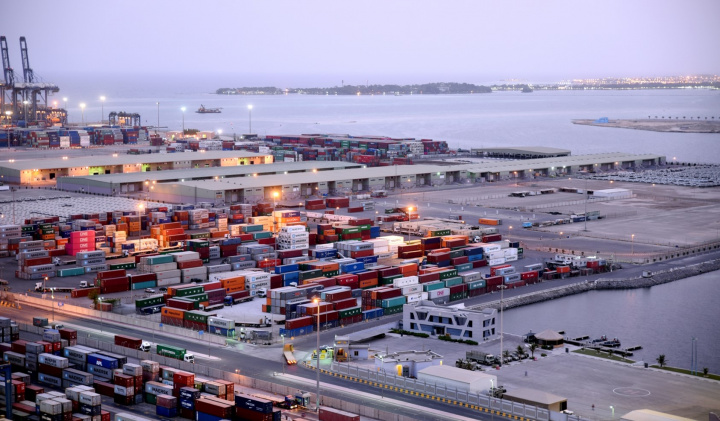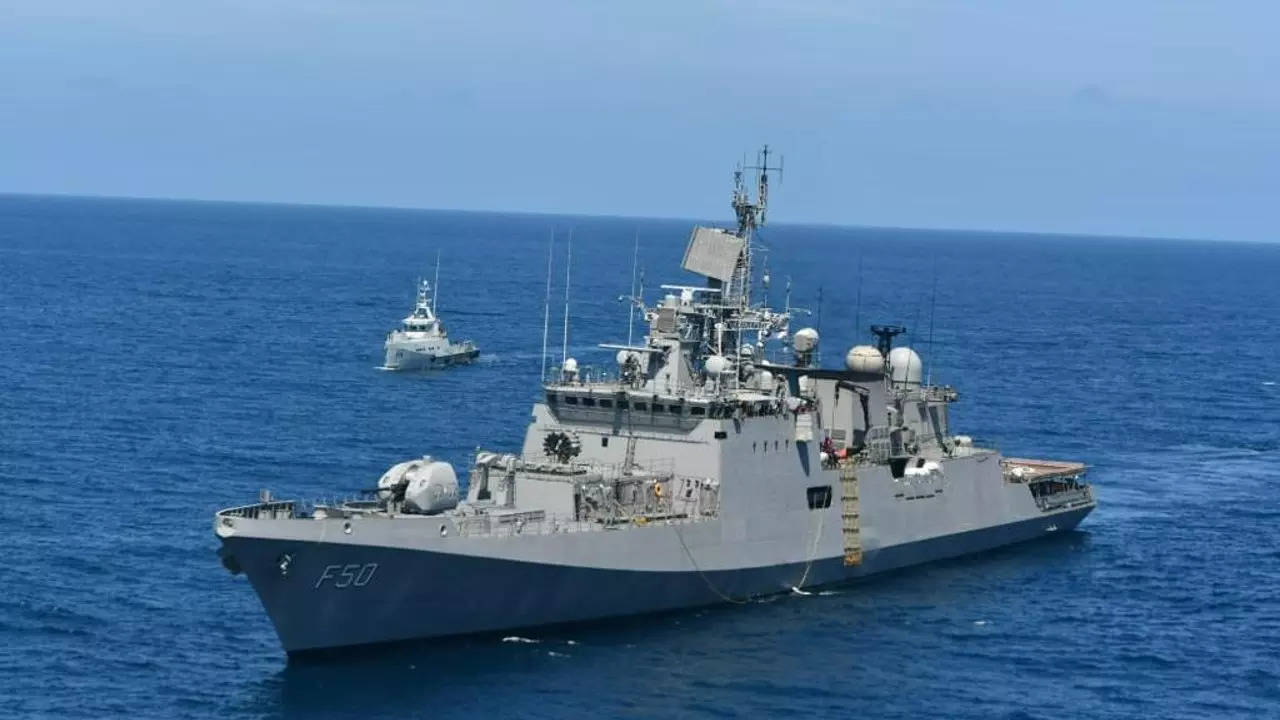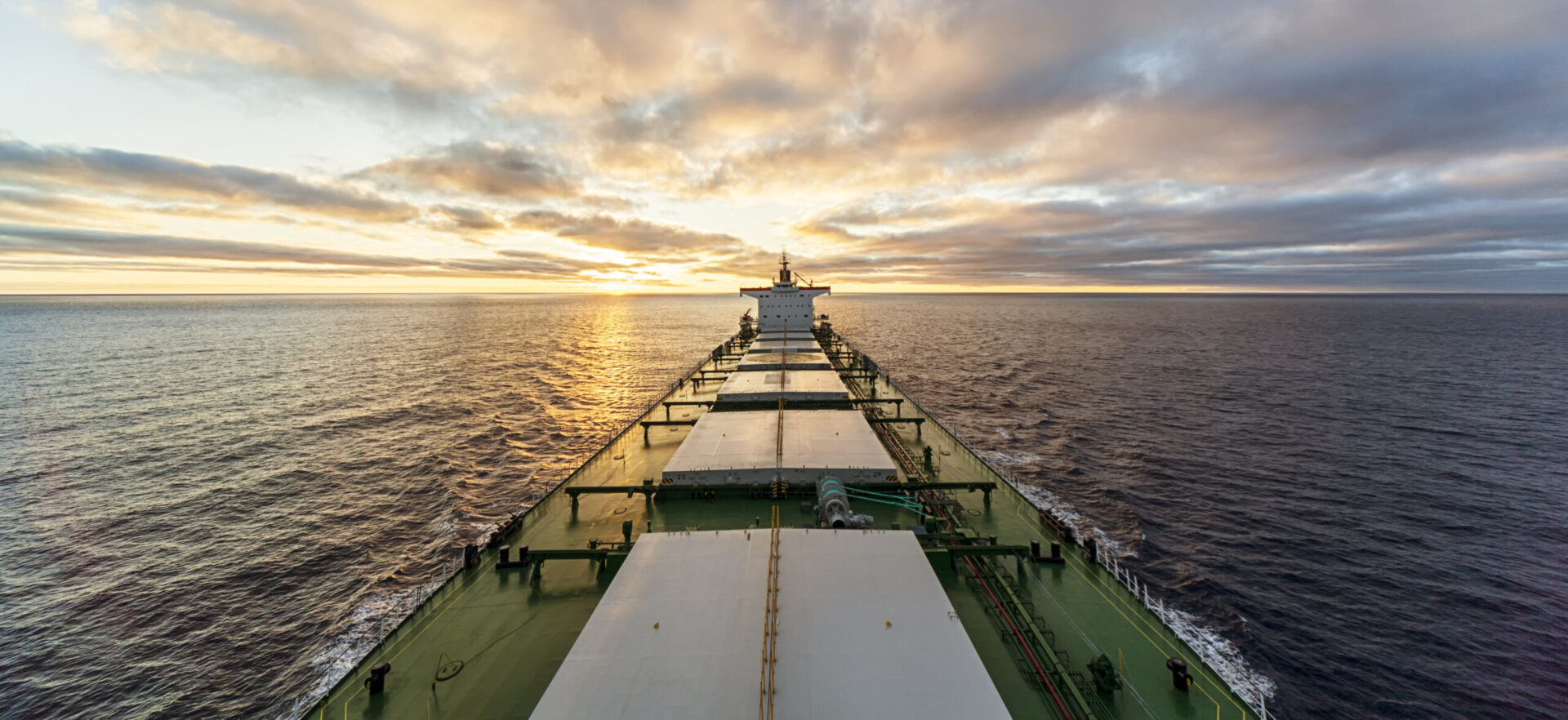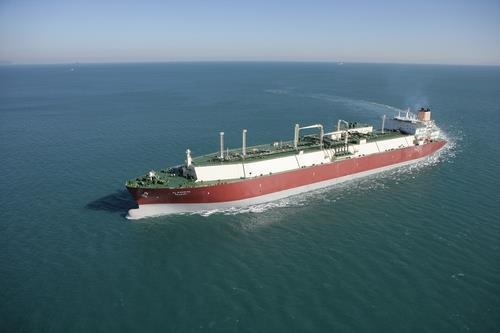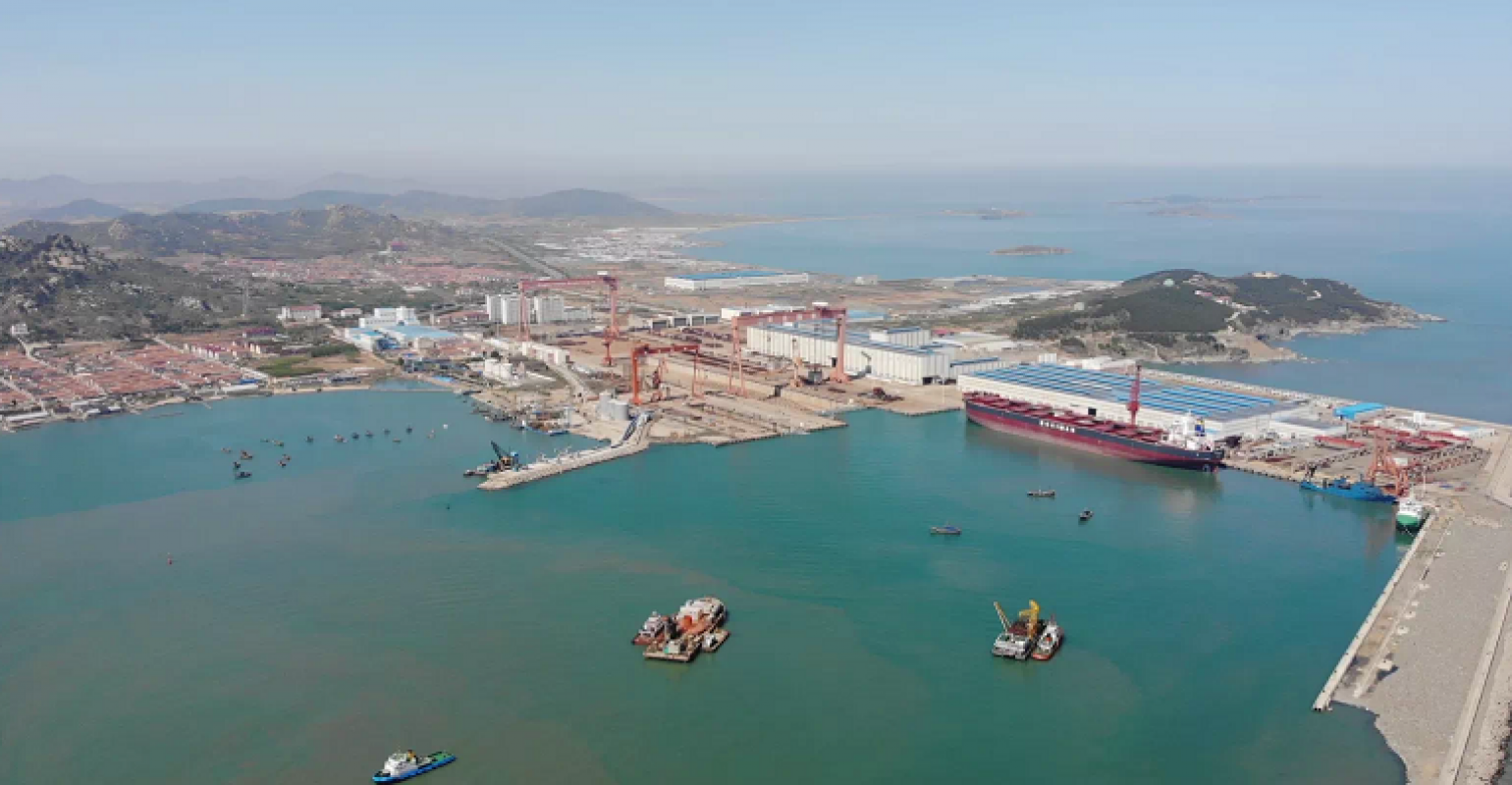With Vanguard’s permission, we have reproduced below their comprehensive risk analysis and mitigation measures for our clients.
Southern Red Sea
- Amid hostilities between Israel and Hamas since 2023, the Houthis in Yemen have waged a sustained campaign against commercial shipping in support of Gaza. In 2024 alone, there were 81 confirmed attacks on vessels and 37 additional claims of attacks that were unconfirmed and assessed as false. Of the confirmed attacks, 69 of 81 targeted vessels were affiliated with Israel, the US, or the UK, in line with the Houthi-defined targeting criteria, which have been shaped over time. So far in 2025:
- On 19 January 2025, the Houthis announced they would suspend attacks on non-Israeli vessels, but that wholly owned Israeli vessels or those flying the Israeli flag remained at risk. The Houthis reiterated this position on 11 March 2025.
- On 19 May 2025, the Humanitarian Operations Coordination Center (HOCC) imposed a comprehensive ban on maritime navigation to and from the Port of Haifa and declared that any company violating the ban would be subject to targeting by the Yemeni Armed Forces. The same measures would apply to any entities, states, or individuals engaging in transactions with sanctioned companies.
- On 6 July 2025, the Houthis renewed their attacks on vessels, citing the fact that they belonged to a “company that has violated the entry to the port of occupied Palestine”, referring to all Israeli ports. This highlights that the Houthis have yet again expanded their criteria to include port calls across all of Israel.
- As of 11 July 2025, the Houthi-affiliated HOCC maintains that all affiliated vessels have been “sanctioned” for transiting in key regional waterways – including the Red Sea, Bab al-Mandeb Strait, Gulf of Aden, Arabian Sea, and Indian Ocean – and the counter measure to their actions “is open confrontation according to the principle of reciprocity on a case-by-case basis.”
- As of 11 July 2025, the following are known criteria that may lead the Houthis to consider a vessel as a target:
- All vessels registered under the Israeli flag.
- Whole and partial affiliation/s to Israel within the ownership structure (ownership, foundation / registration, investors, links to prominent Israeli businessmen, etc.).
- Previous port calls to Israel since October 2023.
- Previous port calls to Israel since October 2023 of other vessels owned/operated/managed etc. by companies in a subject vessel’s ownership structure.
- Therefore, Vanguard assesses:
Throughout 2024 and to date, there has been no ‘offensive’ action or attacks on vessels recorded in the Northern Red Sea, at any Suez ports, or north of 18N. This is expected to continue throughout 2025.
Mitigation measures
- The guidance below for the Red Sea is in no way directive and should not be considered exhaustive. The use of protective armed security, shifting transit times, or any other defensive measures remain the sole decision of the vessel operator.
- Following Houthi attacks on shipping, a safe secure drifting area for vessels remains in place north of 18N or east of 46E.
- AIS: Vanguard maintains that all non-Israeli affiliated vessels are advised to keep their AIS on, to avoid miscalculation/misidentification/targeting. The Houthis have specifically confirmed they will target vessels withholding AIS transmissions. All companies are responsible for carrying out their own due diligence with regard to researching whether their vessels have any obvious links to Israel (e.g. port calls, ownership, shareholders etc.). While switching off AIS makes it marginally more difficult to track a vessel, given the geographical landscape of the narrow Strait off Yemen the Houthis likely have visibility on vessels passing through it anyway (through networks of allies). As such, switching off AIS is unlikely to ultimately prevent an attack. Switching off AIS might also hinder the ability of any military vessel to provide support. Ultimately, vessels have been attacked both with AIS switched on, and switched off. The decision whether to turn off your AIS remains with the company and Master.
- Transits during night-time or low light will reduce the risk of aerial boardings in the southern Red Sea. However, this is unlikely to mitigate against the threat of a missile attack. Only essential crew should remain on the navigation deck. Crew members should stay as far away as possible from the outside walls of the ship. Conduct a fire drill before reaching the Yemen coasts to check safety equipment.
- Maintain heightened vigilance when transiting in high-risk areas, with special attention paid to AIS, visual, and radar adjusted for small craft.
- In the event of a UAV sighting/attack, all crew should be aware of the safe muster points; these should be within the superstructure, but above the waterline.
- Refer to the February 2024 IBF LIST for a series amended list of IBF Warlike and High-Risk Areas.
- Masters should implement Best Management Practices – Maritime Security (BMP-MS) to the maximum extent possible while operating in the Indian Ocean.
- Vessels should proceed with awareness of military asset lines of communication, including to UKMTO, IMSC, and EUNAVFOR.
- Masters are encouraged to send a VRA entry, daily, and exit report to UKMTO, and to register with MSCHoA. In the event of an emergency, contact UKMTO on +44 (0) 2392 222 060, or watchkeepers@ukmto.org.
- Masters are encouraged to have a copy of the Q6099 Maritime Security Chart Red Sea, Gulf of Aden, and Arabian Sea on the bridge.
- Vessels transiting the Gulf of Aden and Bab el Mandeb are strongly advised to use the Maritime Security Transit Corridor (MSTC).
- When navigating off Yemen, be aware of the ongoing conflict in the country. Maritime threats could come from a variety of different sources, such as small arms fire, projectiles, or waterborne improvised explosive devices. Seek up-to-date intelligence advice if calling at the country.
- Masters are advised to read the NATO guidance ‘Identification guide for Dhows, Skiffs and Whalers in the High Risk Area’ to avoid misidentification of pirate skiffs.
- Masters are advised to submit reports on any corrupt demands they have faced during port operation to the Maritime Anti-Corruption Network (MACN) Anonymous Reporting System. The data is used in an anonymous and aggregated form to encourage countries’ efforts to mitigate corruption in ports and for MACN member companies to gain better knowledge on specific risks.
- Vessels are encouraged to conduct an Anti-Piracy Ship Security Assessment (APSSA) and apply ship protection measures.
- Crew members should be briefed on what to do in the event of a boarding, including the designation of a Citadel / Safe Muster point, which should ideally be located within the superstructure of the vessel, but above the waterline.
- Thorough stowaway checks must be carried out prior to departing and arriving at any port. If stowaways are discovered, contact your local agent to arrange and facilitate safe disembarkation.
- While underway, the following measures should be implemented:
- Maintain a visible on-deck watch with operators patrolling in pairs.
- Ensure crew are briefed and know where to go in the event of an incident or small arms fire.
- Maintain vigilance on the outboard side and gangway when alongside.
- Increase security arrangements equivalent to ISPS Level 3.
- Crew should be made aware of the risk of GPS disruption.
- Monitor local media and any situations ashore regarding civil unrest, conflict, or political events.
In addition, the Joint Maritime Information Center (JMIC) issued an advisory on 8 July 2025 to alert commercial shipping and associated maritime stakeholders following the recent attacks and strongly urges all shipping companies and operators with vessels transiting the Red Sea, Bab al-Mandeb Strait, and the Gulf of Aden to review their risk assessments to include the following:
- Conduct a comprehensive audit of any Israeli port calls within their fleet, including those of sister vessels, time-chartered vessels, and vessels under common beneficial ownership or technical management.
- Evaluate their digital footprint, including AIS transmission logs, vessel-tracking platforms, and public maritime databases, for any historical linkage that could be interpreted by Houthi-affiliated actors as grounds for targeting.
- Reinforce cybersecurity and information control protocols, particularly concerning voyage routing, port call data, and affiliations that may be available through open-source intelligence (OSINT) methods.
GPS disruption poses a significant risk in areas experiencing geopolitical conflicts. It is also important to note that the AIS itself is vulnerable to jamming and spoofing attacks. This means that all AIS data, particularly information concerning the positions of other vessels, must be treated with extreme caution. For detailed guidance on detecting and mitigating GPS disruption, please see Intertanko’s Jamming and Spoofing of GNSS publication.
Contractual and insurance implications
For contractual and insurance implications, please refer to Gard article Red Sea war risks and insurance implications.
External references for owners and managers
- Joint Maritime Information Centre advisories
- UKMTO
- Industry transit advice for Persian Gulf, Strait of Hormuz and Sea of Oman
- Maritime Global Security
- Best Management Practices Maritime Security (replaces BMP 5)
